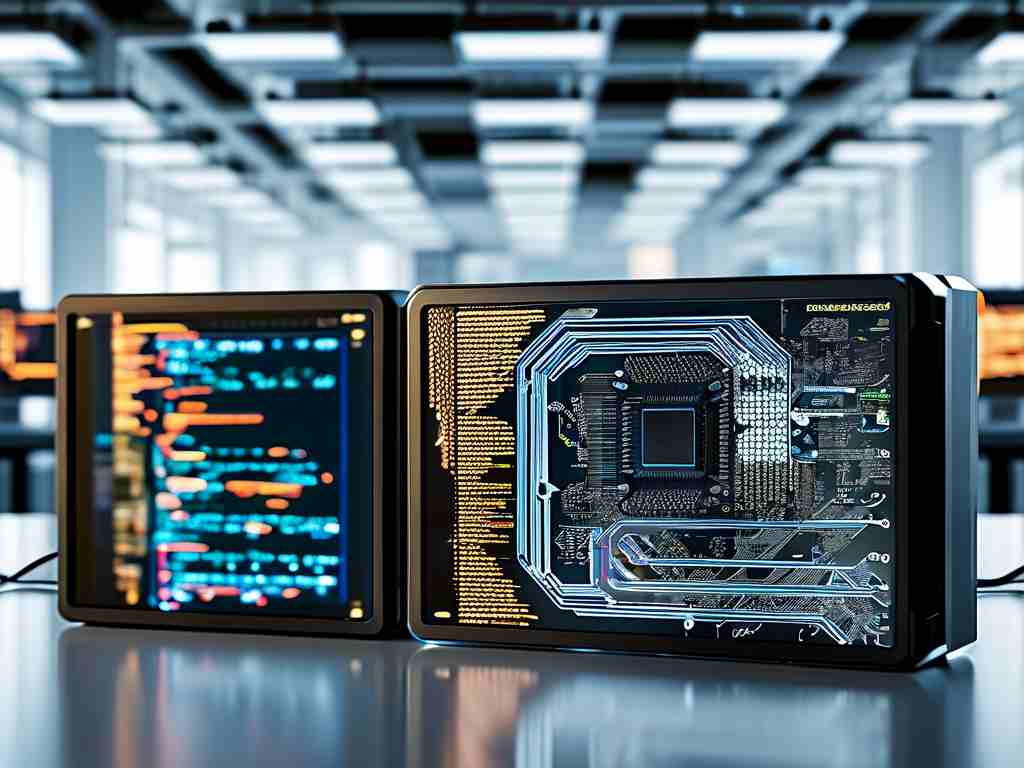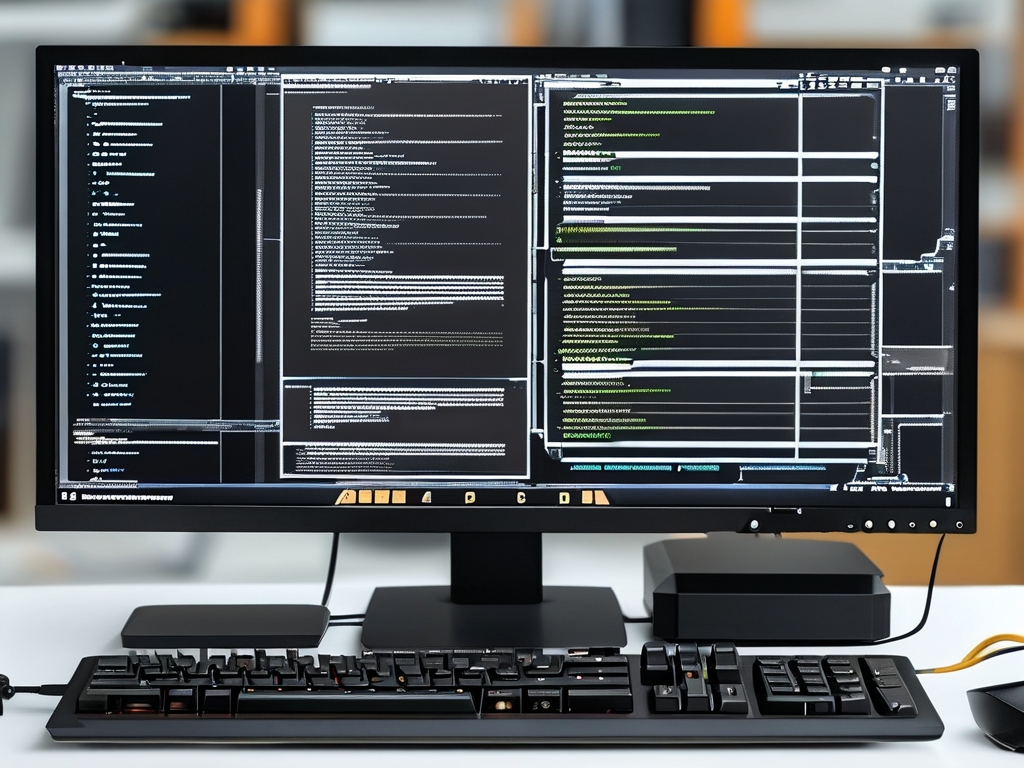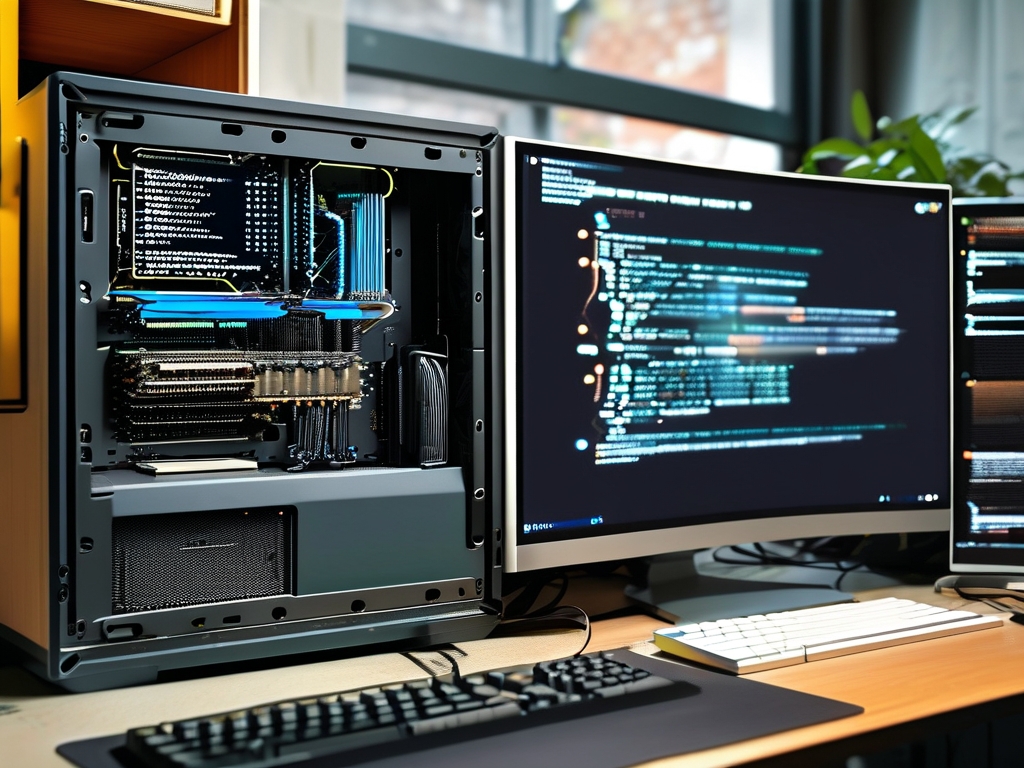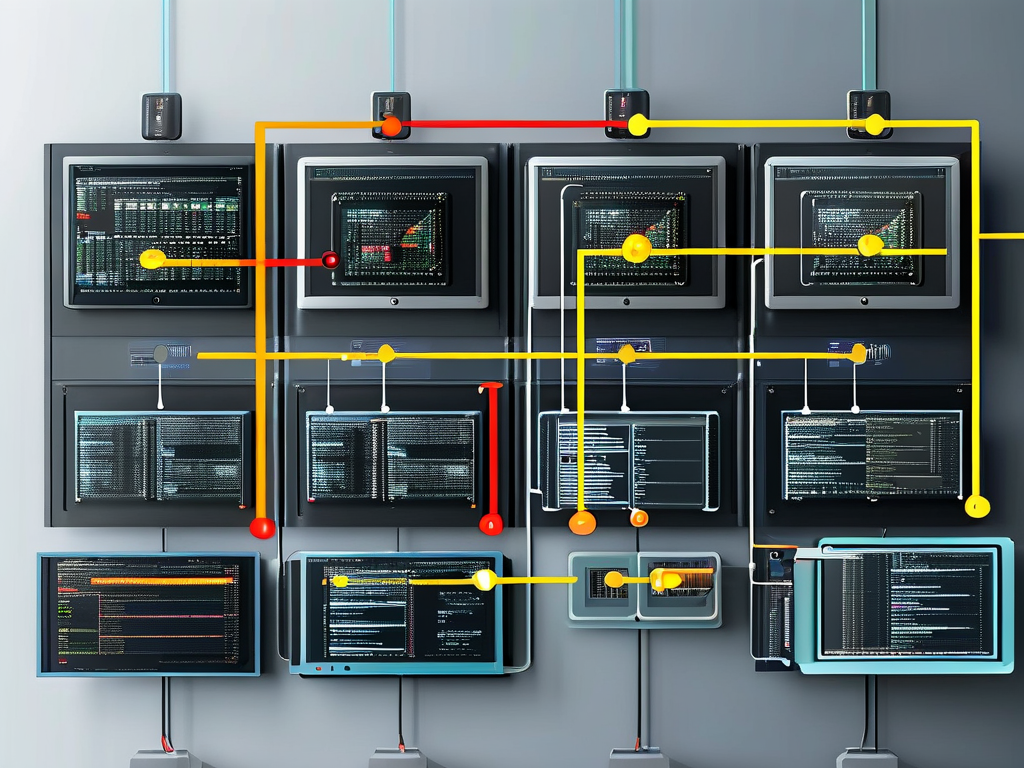Embedded system design projects require a unique blend of hardware-software integration, precision, and adaptability. These systems power everything from medical devices to automotive controls, demanding rigorous planning and execution. This article explores critical components and actionable strategies for successful embedded development, emphasizing practical approaches to overcome common challenges.
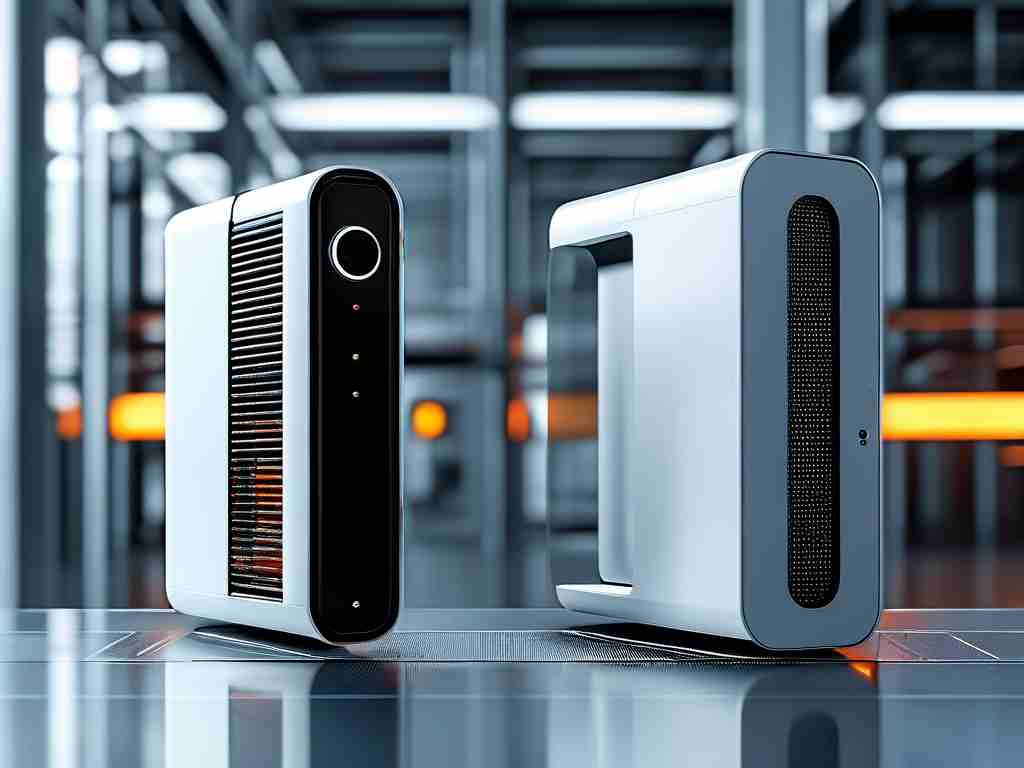
Core Components of Embedded Systems
At the heart of any embedded project lies the microcontroller or microprocessor. Selecting the right processing unit—whether an ARM Cortex-M series for low-power applications or a Raspberry Pi for compute-heavy tasks—sets the foundation. For instance, STM32 microcontrollers are widely used in industrial automation due to their real-time performance, while ESP32 chips dominate IoT projects for their Wi-Fi/Bluetooth capabilities.
Memory management is another pivotal factor. Developers must balance RAM, ROM, and flash storage constraints. Techniques like static allocation for deterministic systems or dynamic allocation with garbage collection (in languages like MicroPython) can optimize resource usage. A case study involving a wearable health monitor showed that reducing stack overflow risks through static allocation improved system reliability by 40%.
Real-Time Operating Systems (RTOS)
RTOS plays a vital role in multitasking environments. FreeRTOS and Zephyr OS are popular choices for scheduling tasks, managing interrupts, and ensuring deterministic behavior. For example, a smart thermostat project using FreeRTOS achieved sub-millisecond response times for temperature adjustments by prioritizing critical tasks.
Toolchains and Debugging
A robust toolchain—compiler, debugger, and emulator—is indispensable. GCC-based toolchains remain prevalent, but proprietary solutions like IAR Embedded Workbench offer advanced optimization. Debugging often involves JTAG/SWD interfaces and tools like GDB. One automotive team reduced firmware bug resolution time by 30% after adopting Segger J-Link debug probes for real-time trace analysis.
Best Practices for Embedded Development
- Version Control: Use Git with platforms like GitLab to track code changes, especially when collaborating across teams. A drone navigation project avoided firmware conflicts by enforcing branch-per-feature workflows.
- Documentation: Maintain detailed records of pin mappings, communication protocols, and API usage. A medical device startup accelerated FDA compliance by automating documentation via Doxygen.
- Modular Design: Decouple hardware drivers from application logic. A home automation system achieved 50% faster updates by isolating Zigbee communication modules from core control algorithms.
- Power Optimization: Implement sleep modes and clock gating. A solar-powered weather station extended battery life from 3 days to 2 weeks using dynamic voltage scaling.
Case Study: Smart Agriculture Sensor Node
A recent project involved designing a soil moisture sensor for precision farming. The team selected an nRF52840 microcontroller for its BLE connectivity and ultra-low-power modes. By leveraging Zephyr OS’s sensor framework, they reduced driver development time by 60%. Power consumption was minimized using interrupt-driven sampling (every 15 minutes) and Nordic’s SoftDevice for efficient RF communication. Field tests showed a 20% reduction in irrigation costs for participating farms.
Challenges and Mitigation
- Hardware-Software Co-Design: Prototype early with evaluation boards like STM32 Nucleo to validate sensor integration.
- Thermal Management: Use thermal simulation tools (e.g., ANSYS Icepak) to prevent overheating in compact designs.
- Security: Implement AES-256 encryption and secure bootloaders. A smart lock project thwarted replay attacks by adding nonce-based authentication.
Embedded system design thrives on meticulous planning and iterative testing. By prioritizing component selection, adopting RTOS frameworks, and adhering to modular practices, developers can deliver robust solutions. As edge computing grows, mastering these principles will remain critical for innovating in automotive, healthcare, and IoT domains.



